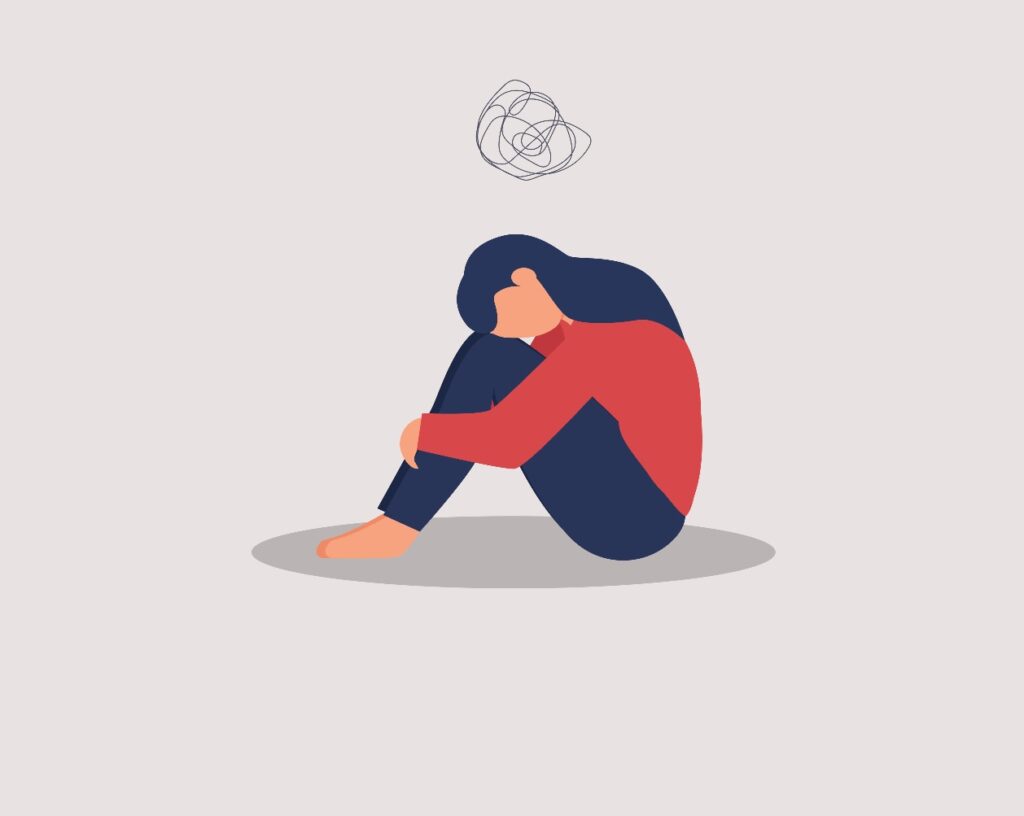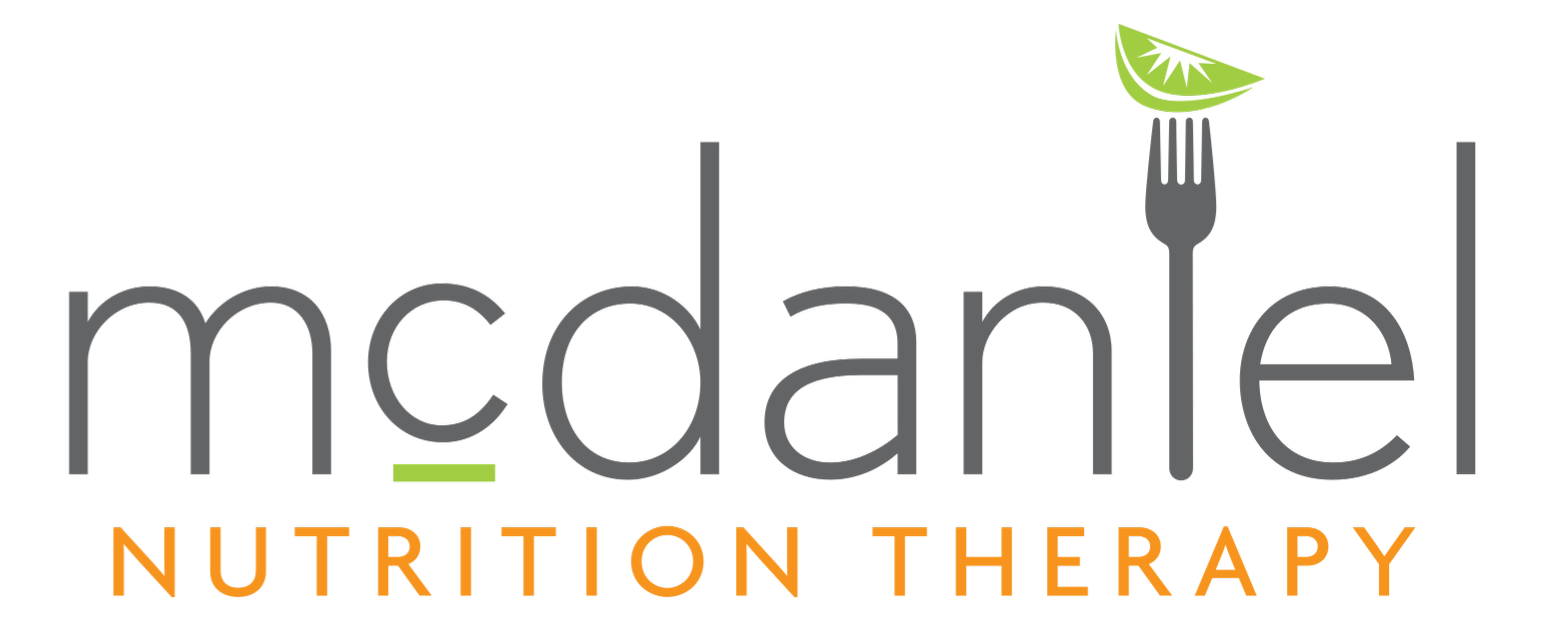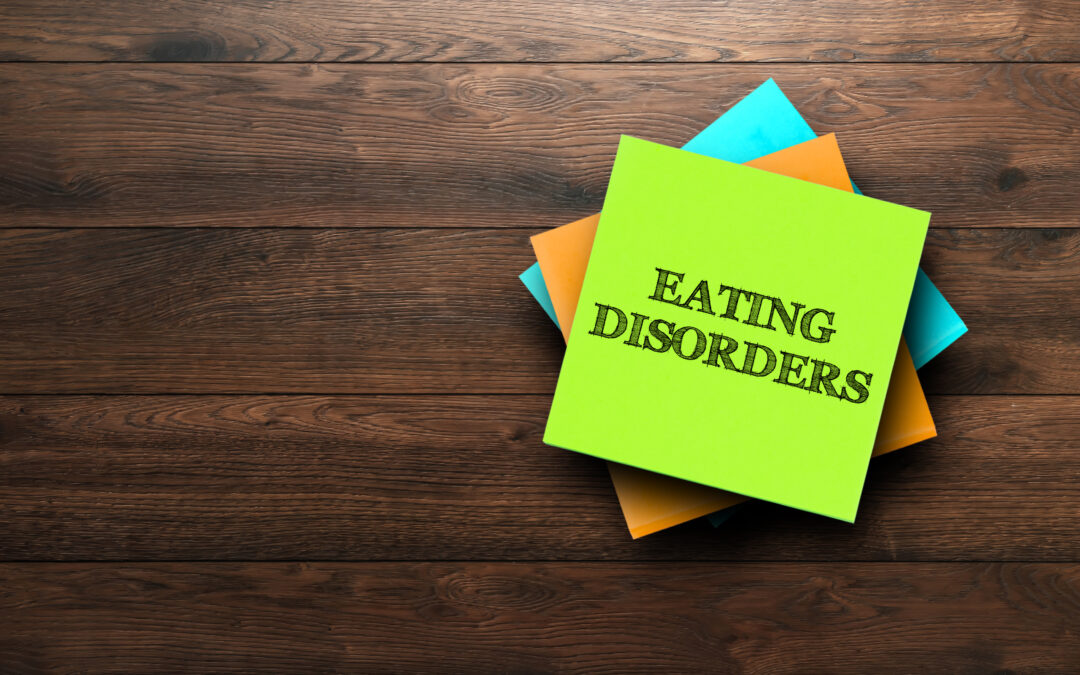What is the difference between an eating disorder and disordered eating? In our society nutrition misinformation surrounds us. It’s hard to escape the chatter around the newest fad diet or casual conversations about the “will-power” needed to stick to a strict diet. This can make it difficult to see the line between eating disorders and disordered eating.
As a clinician in the field of eating disorders, I like to answer this question by looking at the complete opposite.
What is non-disordered eating? (i.e. what is a healthy relationship with food?)
Non-disordered eating is having peace with all types of food. This includes eating the foods your body needs when you are hungry, and also knowing how to stop eating when you’re satisfied. Many of these patterns start in childhood so it can be hard to unpack to find the root cause.
To put it simply, non-disordered eating is having a neutral relationship with food. This may look like approaching food and eating occasions without stress or self-imposed rules. Developing a healthy relationship with food will allow you to adequately fuel your body.

What are disordered eating patterns?
With societal standards and expectations around body image, appearance, and “healthy food,” many people fall into a gray area. In the gray area, people are making decisions about what to eat and it is “working.” For these people, eating decisions don’t play a big role in day-to-day life.
People living in the gray area do not have a heightened response when food plans change last minute. They do not experience a spike in anxiety when they go out to a restaurant have to order something that is not catered to their usual dietary limitations.
This is the gray area because people in this space because they may not meet the criteria for non-disordered eating.
For example, many people lack variety in their diets and find themselves eating the same exact foods day after day. These people may be meeting their energy needs and eating a “healthy diet,” but still may be struggling with disordered eating.
Avoiding complete food groups (e.g. carbohydrates, sweets, fats, etc.) without a medical diagnosis can also be a type of disordered eating.
Working with a dietitian can help your re-build your relationship with food.
What makes disordered eating an eating disorder?
For 9% of the world population, or 28.8 million Americans, disordered eating can lead to an eating disorder. To be classified as an eating disorder, multiple behaviors occur at once. These behaviors aim to manipulate food intake, exercise, rigidity, and/or control. But because eating disorders thrive in secrecy and isolation, it can be hard to recognize the behaviors that are occurring. Eating disorders are also characterized by an obsession around food. This can stem from the need to have control over the amount of calories, taste/textures, food restrictions, and/or fixation on ingredients.
Many eating disorders are linked with body image (i.e. “I need to eat less than X amount of calories and run X amount of miles per day to lose X amount of pounds”). Behaviors can also serve as a vessel to cope with trauma, emotions, and stress. Every person and every eating disorder is different. This is why you’ll often see a dietitian, therapist, and psychiatrist on a treatment team. There is no cookie cutter approach to treatment and no solidified timeline for recovery.
There is a blurred line between disordered eating patterns and eating disorders. Not everyone who struggles with disordered eating has an eating disorder. Eating disorders should be diagnosed by a medical provider that specializes in mental illnesses. Treatment should include providers that specialize in the treatment of eating disorders.
This post is not intended to diagnose or treat eating disorders or disordered eating. Its purpose is to shed some light on what you or your loved ones may be struggling with and hopefully give you the ability to see the warning signs. Eating disorders can be shame-inducing, so show compassion and give space, time, and support to anyone you suspect may be struggling with an eating disorder.

